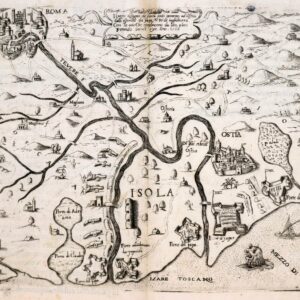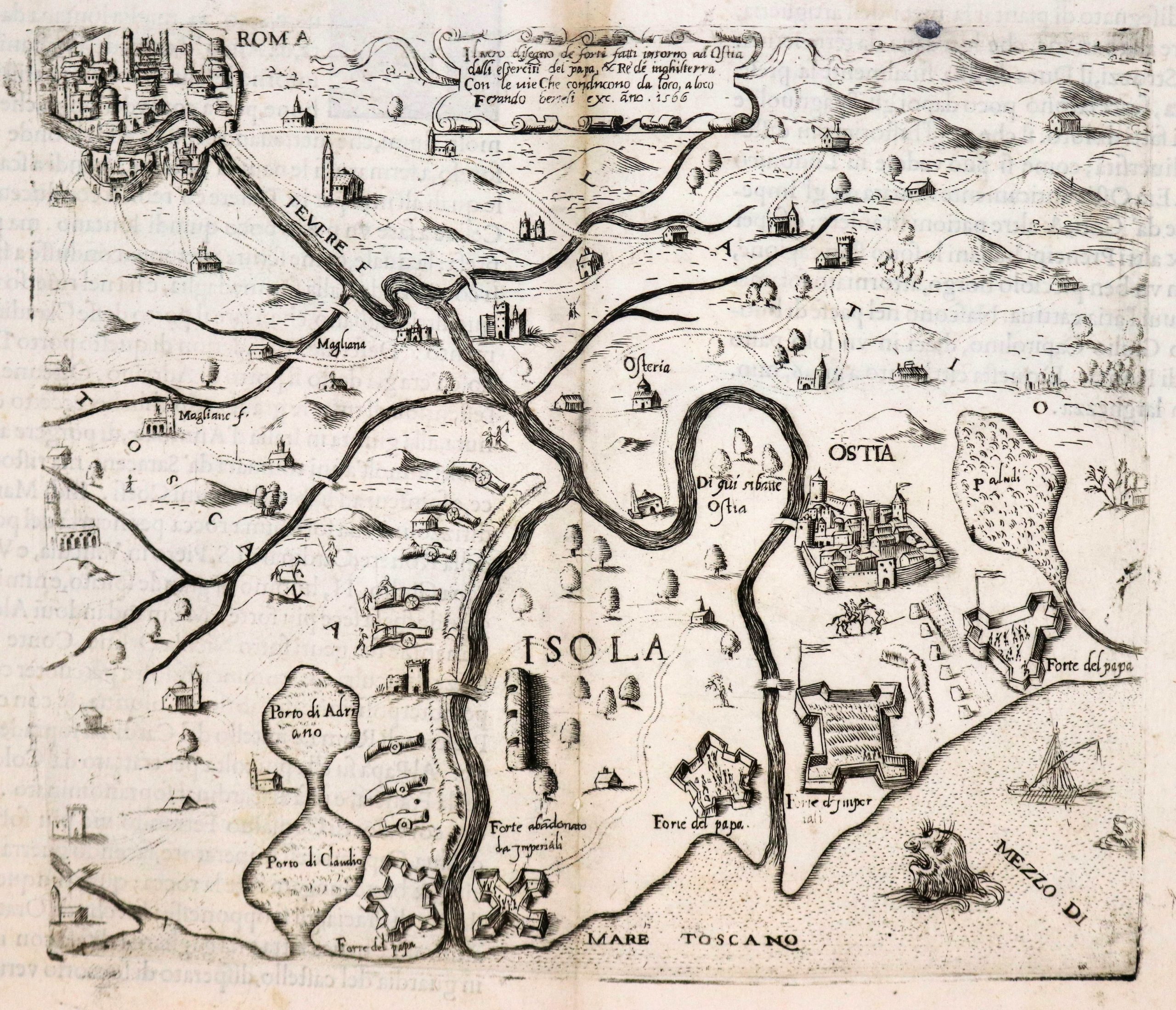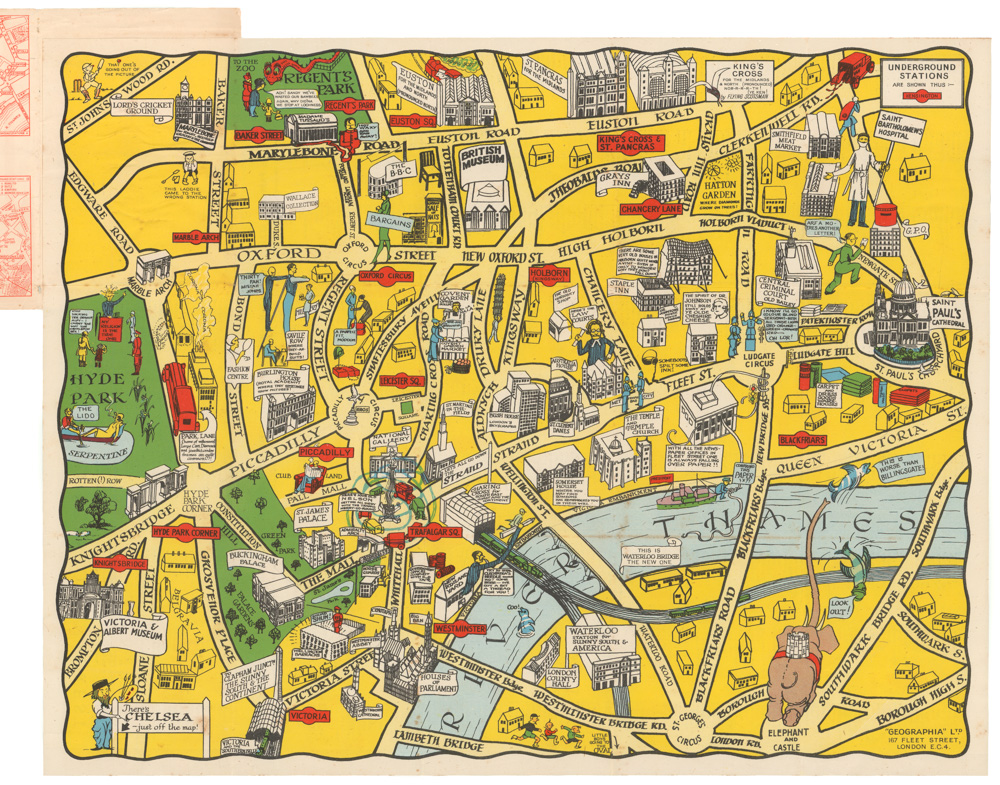Seutter’s Enlightenment-era celebration of Ancient Greece.
Graeciae Antiquae Designatio Nova
Out of stock
Description
The perfect gift for a history buff, this attractive map depicts ancient Greece, complete with historical place names and regional designations. It was published in Germany in the mid-18th century, and thus what we have here is an Enlightenment-era cartographical treatise looking not at contemporary Greece, but a presentation of the geography and history of Classical Greece.
The most striking feature of the map is undoubtedly the large cartouche at lower left, which has been left uncolored according to the contemporary 18th century German style of map decoration. Around the title itself, we find a fine mix of classical architecture, mythology, and daily life. At bottom, two philosophers are found in mid discussion. To their left is a chariot scene, and to their right is the famous Colossus of Rhodes, the giant statue of the Greek sun-god Helios, standing astride the entrance to the city harbor.
Cartographer(s):
Matthäus Seutter (1678-1757) was one of the most important and prolific German map publishers of the 18th century. As a young man, he was an eminent engraver who had been trained under the great Johann Baptist Homann in Nürnberg. In the mid-1720s, he moved to his hometown of Augsburg and set up his own printing and publishing house, specializing in maps. His skill as a cartographer was soon noticed in higher circles, and in 1732 Seutter was appointed Imperial Geographer to Holy Roman Emperor Charles VI. The appointment came after his most famous cartographic publication, the two-volume Atlas Novus Sive Tabulae Geographicae, from 1730.
Like many of his contemporaries, Seutter drew heavily on other mapmakers when compiling his charts. Among his primary sources were the maps of his mentor Homann and the great French cartographers Guillaume Delisle and Nicolas de Fer. When Seutter died in 1757, his son-in-law, Tobias Conrad Lotter, took over the firm.
Condition Description
Beautiful original color. Wear along the centerfold and in margins.
References
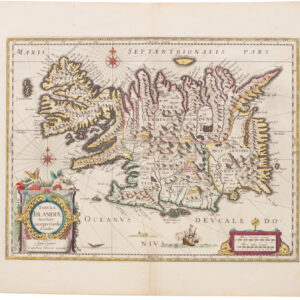
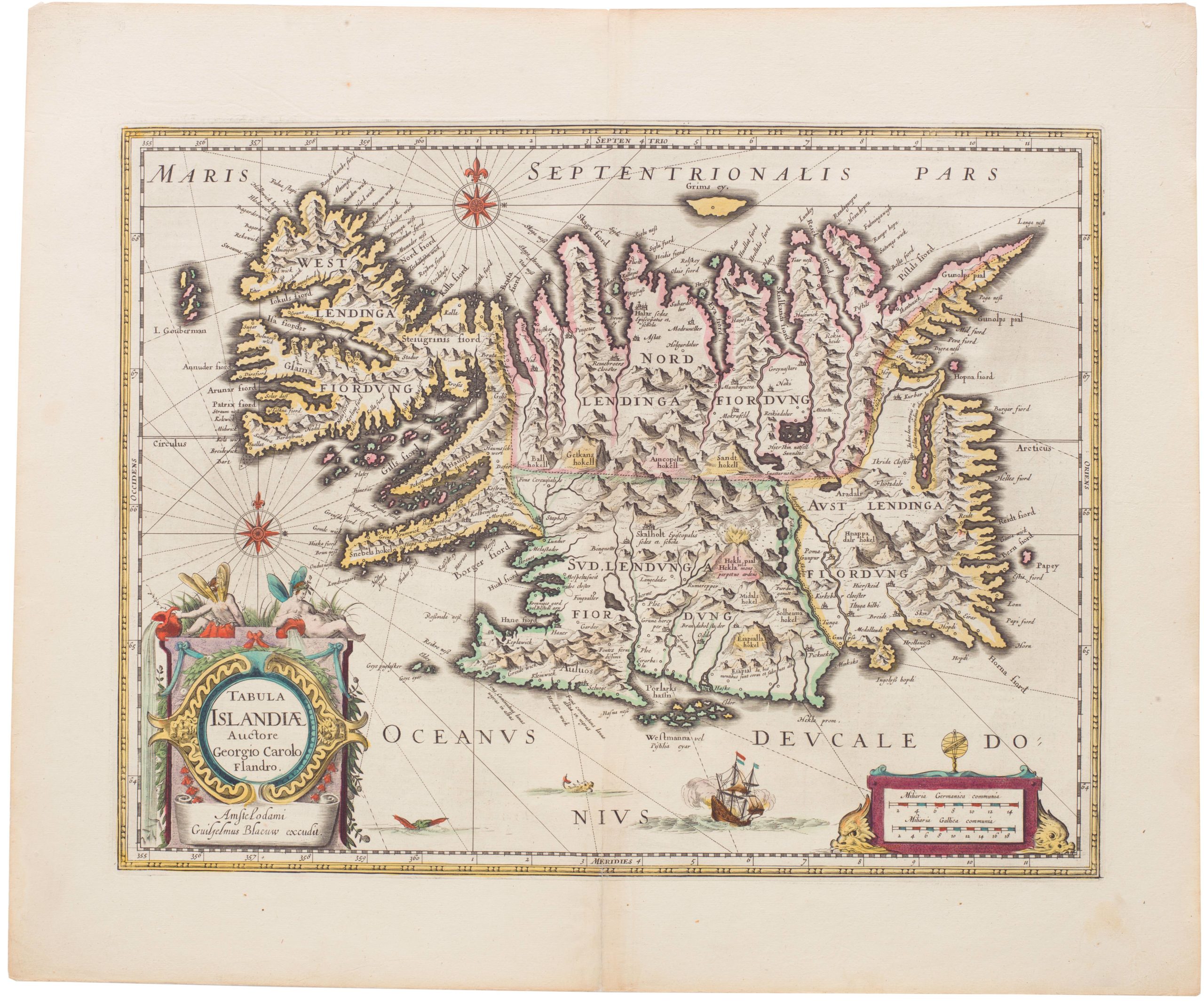
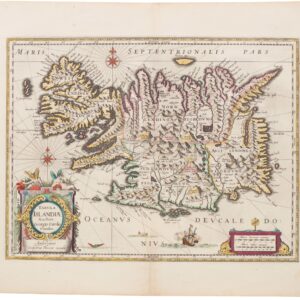
![Delimitation de la Zone Occupee [German Occupation of France]](https://neatlinemaps.com/wp-content/uploads/2019/12/NL-00782-scaled-300x300.jpg)
![Delimitation de la Zone Occupee [German Occupation of France]](https://neatlinemaps.com/wp-content/uploads/2019/12/NL-00782-scaled.jpg)
